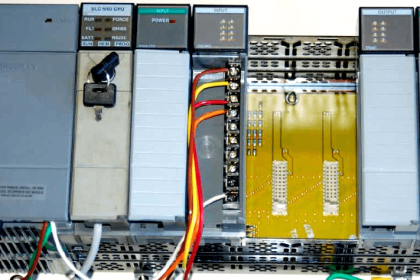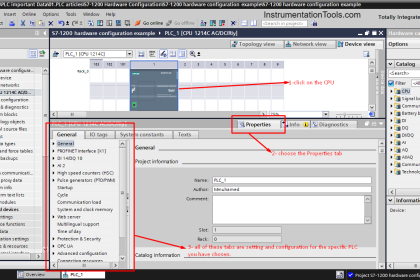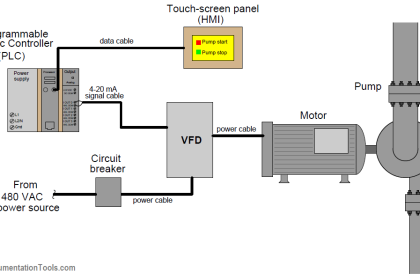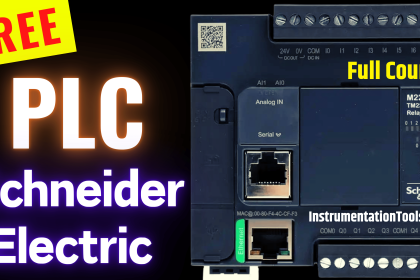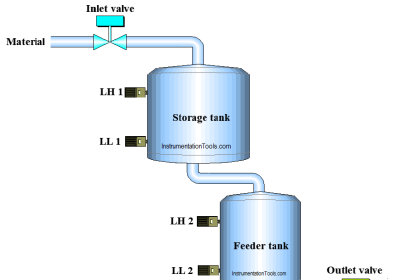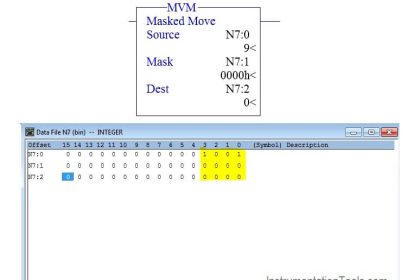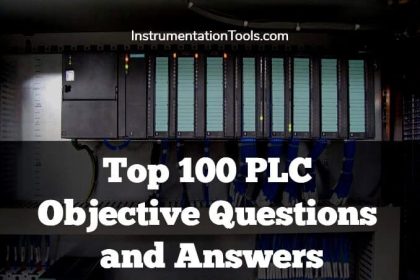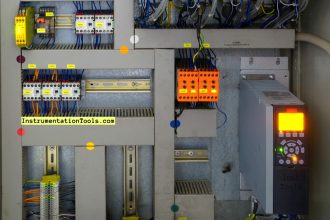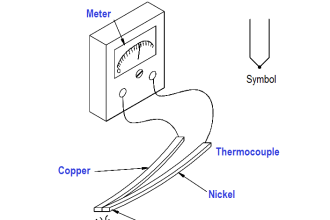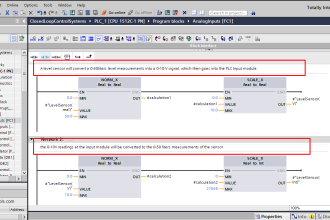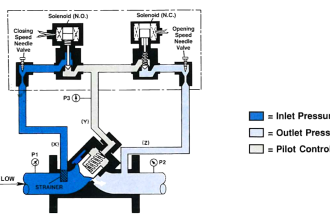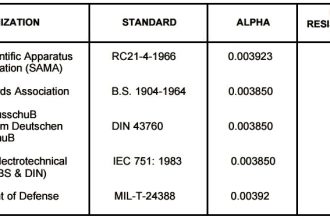When a programmer is working on a project, and then working on a similar one next time, he does not want to rework it from the start. So, he requires options where he can copy-paste the tools and objects for time-saving ideas. It saves project cost and manpower.
Many industrial automation software providers give options to import and export some objects easily in their software.
FactoryTalk View Studio Import and Export
One of the most used ones is FactoryTalk View Studio of Rockwell Automation. In this post, we will see the import and export options in FactoryTalk View Studio.
Text Strings Import and Export
The texts that you have used in a project can be used in some other project by exporting and importing the language objects, popularly known as text strings in this software.
Refer to the first image below. Here, you have to select languages and then you will be asked to import or export, either in text or Excel format.
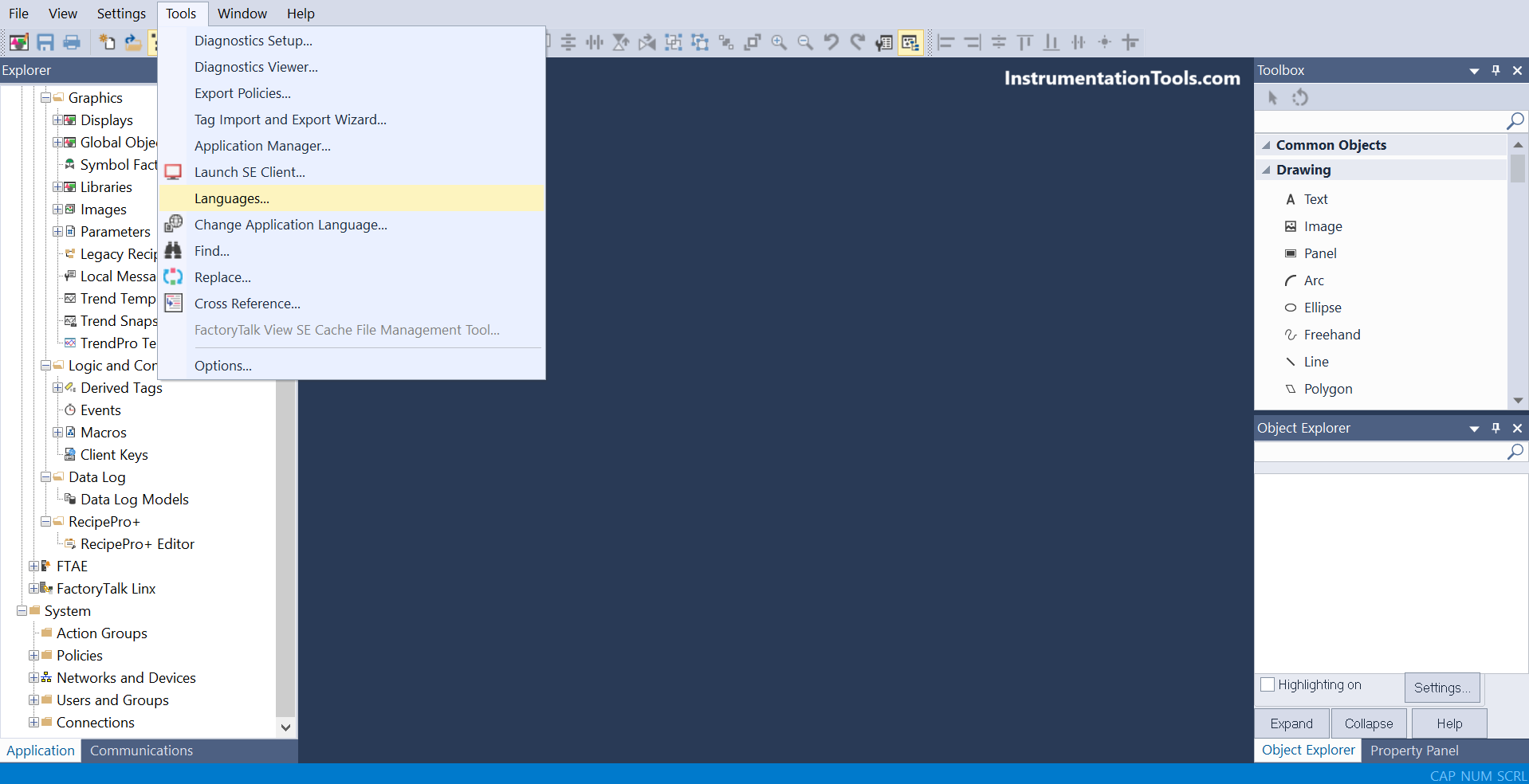
The most recommended one is an Excel file due to easy use. Once done, the Excel file looks like in the second image.
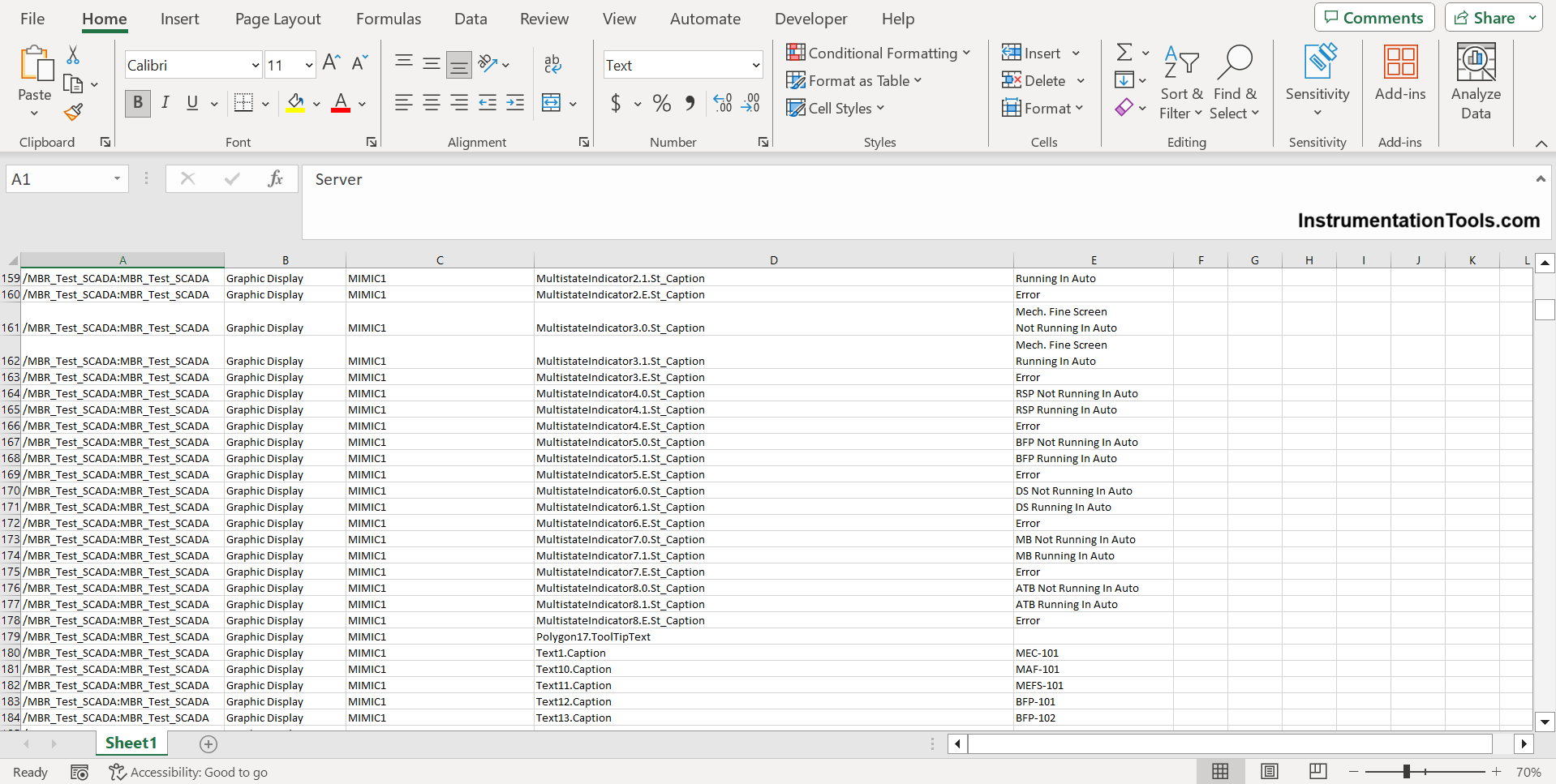
The first row shows the project name, the second row shows the component type, the third row shows the exact location of the text, the fourth row shows the label of the text and the last row shows the name of the text used in the screen.
Display Screens Import and Export
This is one feature that every programmer demands to save time. Suppose you have created 60 screens in a project, and you require the same 40 screens out of that in a similar project. Instead of redeveloping, just export and import the screens.
The software stores the information exported and imported in XML format. Right-click the displays option and you get to export and import the screens whichever you require.
Recipe Editor Import and Export
When you are creating recipes in HMI or SCADA, you will mostly require the same in similar projects, as the settings will be the same. So, you can export and import recipe groups in this software.
Refer to the below image. You have to click Recipe+ Editor and click open. The window shown will open, where you can export and import recipes. The information is stored in CSV formats.
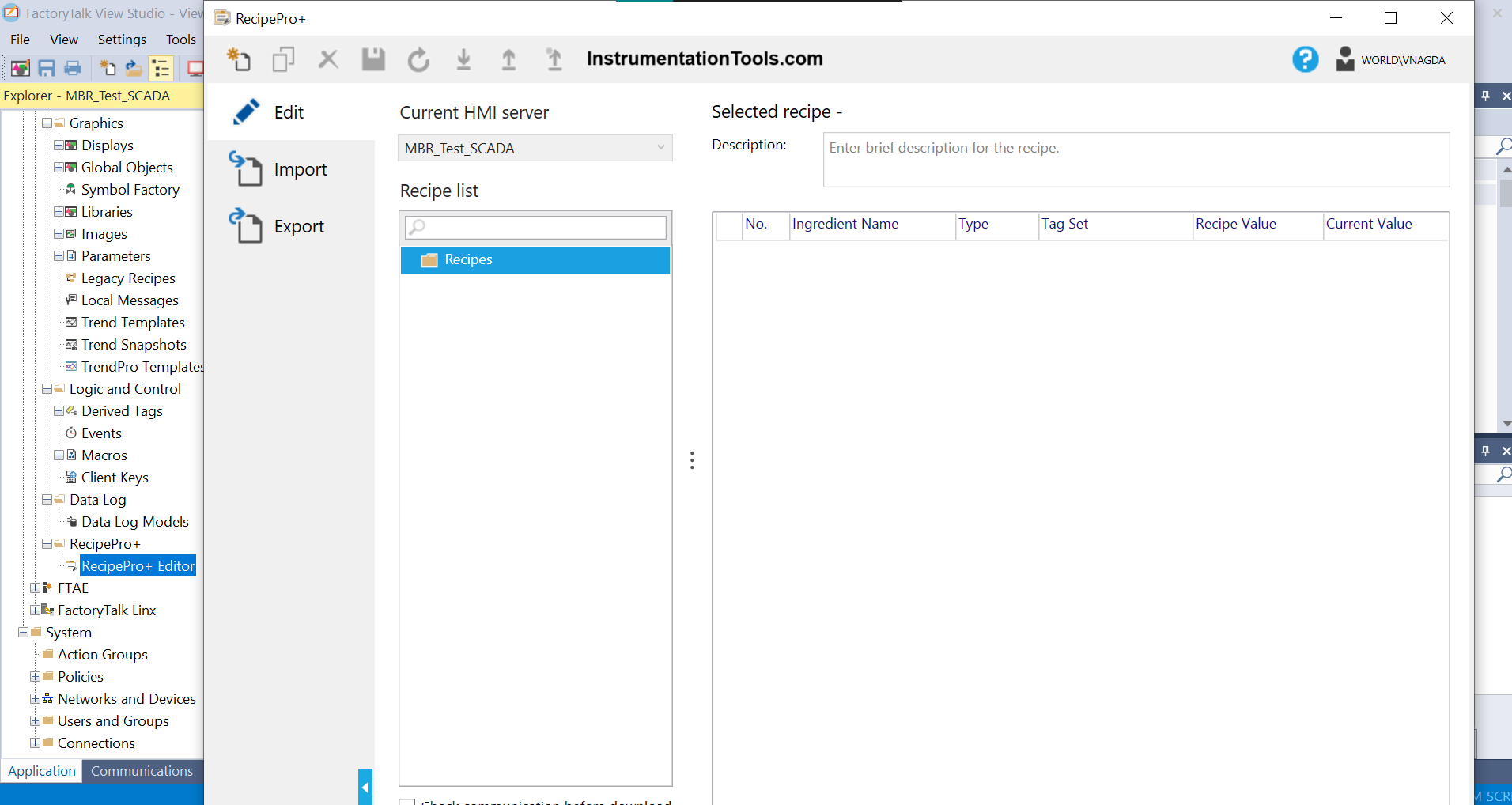
Alarms Import and Export
Alarms are the most basic feature of a graphic display. If a project is very large-scale and has enormous alarms, you can export and import them into a different project, instead of redeveloping. The software stores this information in Excel format or XML format. The most recommended one is an Excel file, which is very easy to edit.
Refer to the below image, where you get to edit all the properties of a FactoryTalk View (FTV) alarm. This makes tasks much easier to complete.

Tags Import and Export
This is one very interesting feature of this software. As you know, one of the best advantages of Rockwell Automation is that you get to access tags of PLC, without actually opening the program, through RSLinx software.
Now, when designing tags in the HMI or SCADA backup, you can export and import the tags, by clicking the tag import and export wizard in the tools option, as shown in the image below. The data is stored in csv format.
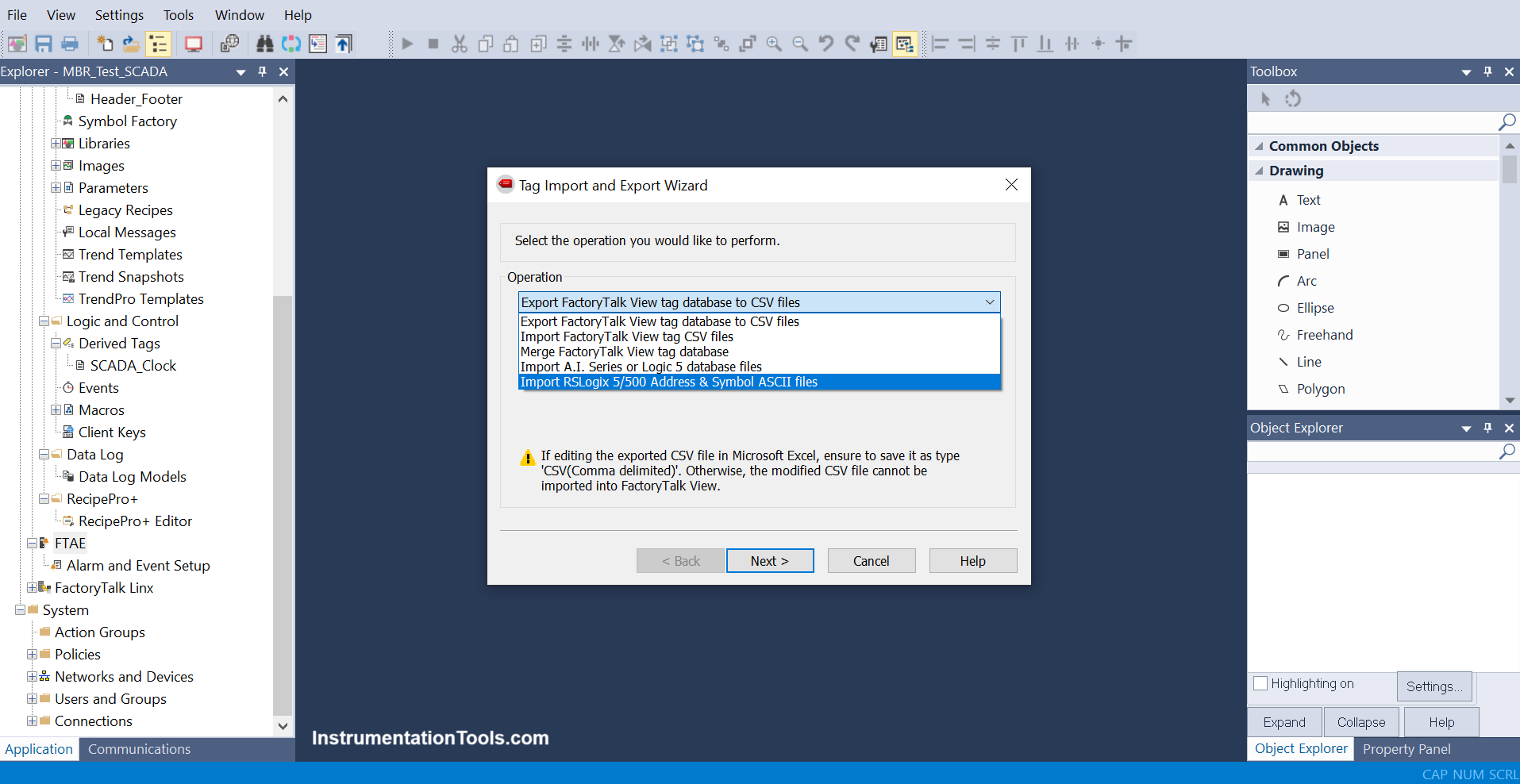
In this way, we saw the import and export options available in FactoryTalk View Studio software.
Read Next:
- Vijeo Designer software Import and Export
- Why different PLC Programming Languages?
- Create Templates in FactoryTalk View Studio
- Configure PlantPAx Library in Factory Talk Studio
- Import PlantPAx Add-On Instruction in Studio 5000
